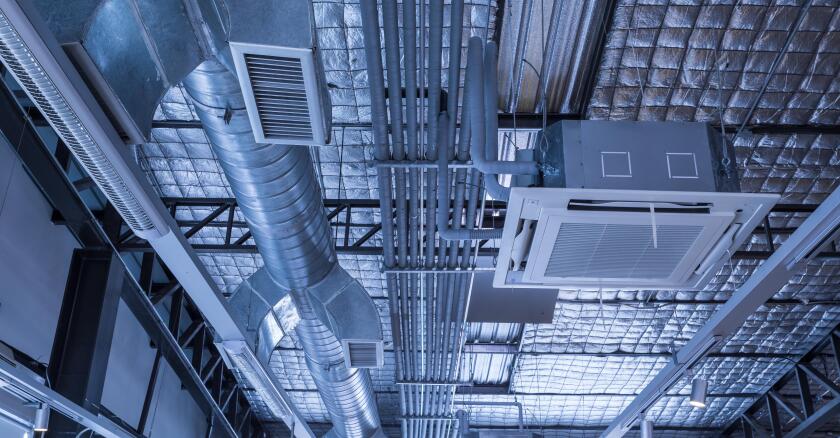The program, which began at the start of the 2022-2023 academic year and ends next month, is funded by a federal ELC (Epidemiology and Laboratory Capacity) Reopening Schools grant. The total grant amount was not disclosed. Through mid-May, 60 percent of K-12 schools and 55 percent of state-licensed day care centers in Utah have taken advantage of the program, according to a news release last month. The deadline to order air purifiers is July 31.
The Utah Department of Health and Human Services spearheaded this initiative. The state agency partnered with Utah Physicians for a Healthy Environment (UPHE) to conduct the outreach for schools, according to UPHE spokesman Jake Jensen in an email to Government Technology.
“To participate, schools and districts just need to reach out to one of our UPHE staff and request the number of purifiers they need to cover their school ... and we get the order placed,” Jensen wrote, explaining that they recommend one unit per classroom.
A prior news release about the program cited medical research that says air pollution, even at low levels, can impair brain development, memory and learning capabilities while also boosting the transmissibility of infectious diseases such as COVID-19. Better air quality also lessens the likelihood of students and teachers missing school due to illness.
“Medical research shows cleaner air helps protect long-term brain development and function. Our school children have suffered a huge setback in their education because of COVID-19, so we should be doing everything we can to help them catch up,” UPHE President Dr. Brian Moench said in a public statement. “This program will improve their learning, test scores and career potential.”
UPHE executive director Jonny Vasic said in a public statement last fall that clean air is part of safety and productivity for both students and teachers.
“This air purifier program is being paid for by a federal grant, not costing schools or parents anything,” his statement read. “But schools have to sign up for the program. We encourage every teacher and every student’s parents to make sure their school has them.”
On its website, the American Lung Association identifies the worst air pollution areas in the nation and grades counties by state, with an A indicating the best level of air quality and F the worst. For Utah, 14 of 29 counties provided data for the report card on high-ozone days. There were no A grades listed in that category, but seven counties received an F. On the particle pollution report card, for which Utah listed 10 participating counties, none received an A, but two got a D and five received an F.
The reasons for poor air quality vary across the country. In Utah, cold air and mountains trap in ozone, which irritates the lungs, explained Glory Dolphin Hammes, CEO ofIQAir, an air-quality company based in Switzerland that has provided filtration devices to schools in all 50 states.
In an interview with Government Technology on Friday, Hammes said facilities are increasingly using synthetic plastic air filters in place of those made with fiberglass. State-of-the-art systems, she added, test the indoor air quality at least 10 times an hour, and they connect to an online monitoring system that notifies school maintenance personnel if any changes to the device settings are necessary. Sensors identify particle and carbon dioxide levels.
There are industry standards for indoor air quality in schools, Hammes said, adding that her company’s goal is to keep air inside classrooms 90 percent cleaner than the air outside the building. She added that “fleet management” technology, which involves digital air filtration systems to manage multiple classroom buildings, will eventually become commonplace in school districts.
“With that, there’s no real guesswork,” she said.















